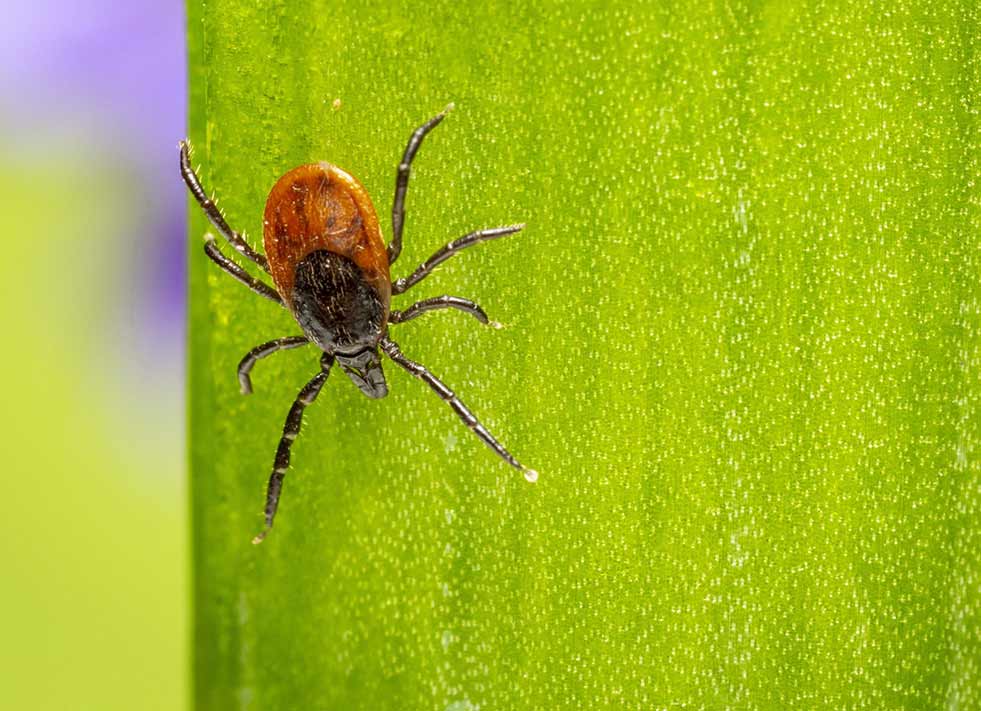Bacteria cause Lyme Disease when they enter the body following a bite from an infected tick. Public Health England (PHE) estimates that people in England and Wales contract about 2000 to 3000 cases every year. Travelers acquire 1 in 4 cases outside the United Kingdom (UK). Lyme Disease is more prevalent in central Europe, parts of Asia, the US, and Canada.
In the UK, infections mostly occur in the New Forest, Salisbury Plain, Surrey, West Sussex, Exmoor, the South Downs, parts of Wiltshire and Berkshire, the Lake District, the North York Moors, the Thetford Forest (Norfolk), and the Scottish Highlands. However, any area with ticks can potentially transmit the disease. According to the National Institute for Health and Care Excellence (NICE), ticks commonly inhabit grassy and wooded areas, including urban gardens and parks. Tick activity increases in early autumn and continues at low levels throughout the winter.
If you have been bitten by a tick and if the tick is still attached to the skin. Remove it as soon as possible using a tick removal device or fine-toothed tweezers. Clean the skin with a skin disinfectant or soap and water. After removing the tick and wash your hands. Click here for the Public Health England leaflet on tick bite prevention.
Lyme disease usually resolves on its own, but antibiotic treatment is very effective. If left untreated, Lyme disease symptoms can occur in different stages. In the early stage (from 3 days to 3 months), a circular rash resembling a bullseye may appear at the bite area, and you might feel unwell with a fever and tiredness. In a later stage, more severe problems like nerve issues and joint pains can develop.
Therefore, it is important to see your doctor if you develop a rash after a tick bite. If you are unable to get a suitable appointment with your GP, you can click here to register and book a video consultation with a private GP, who can arrange early intervention treatment if Lyme disease is suspected.

For further facts to potentially help you prepare for any questions. You may want to ask our doctors or visit the Lime Disease Action (LDA) website.
